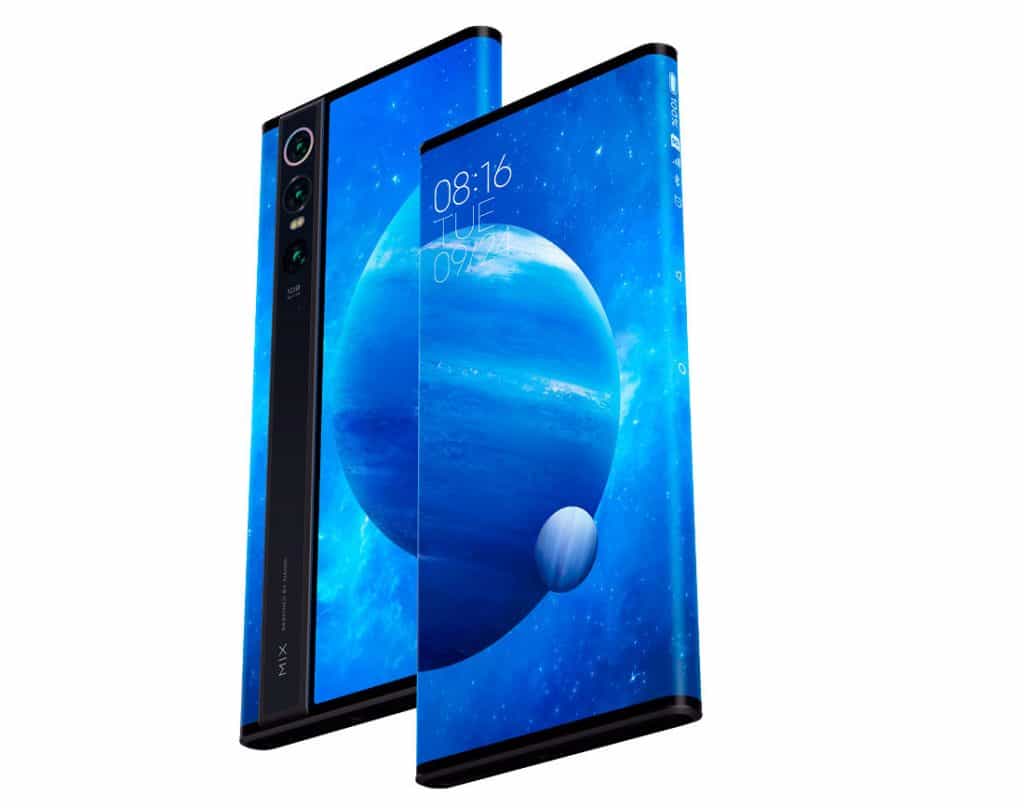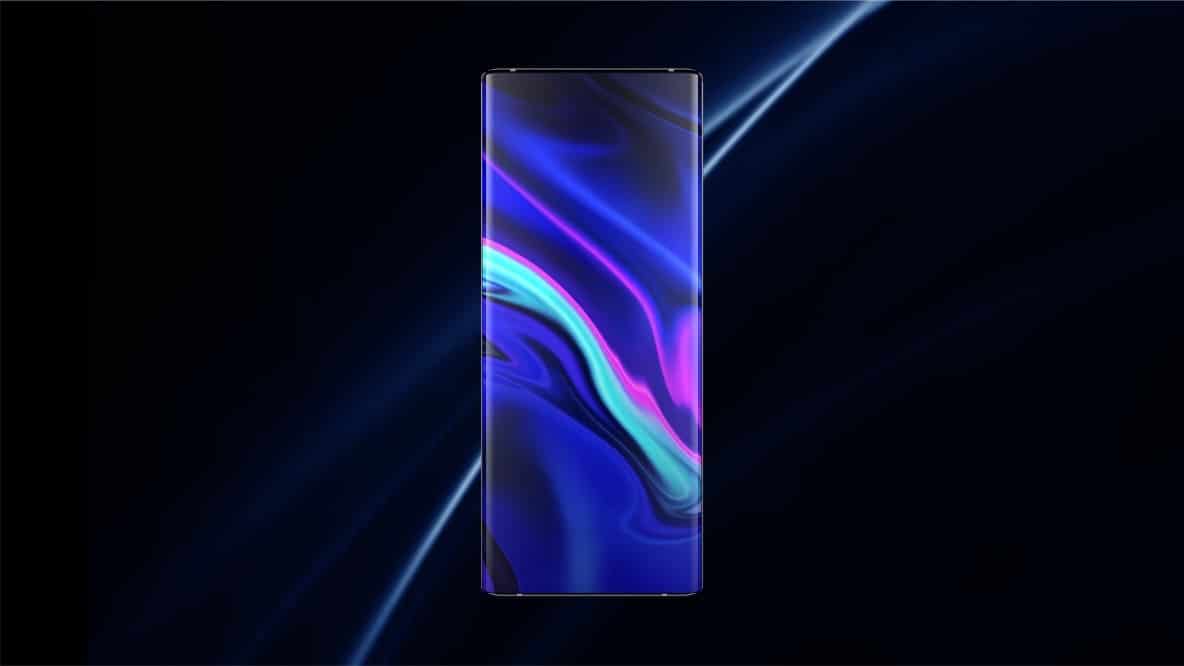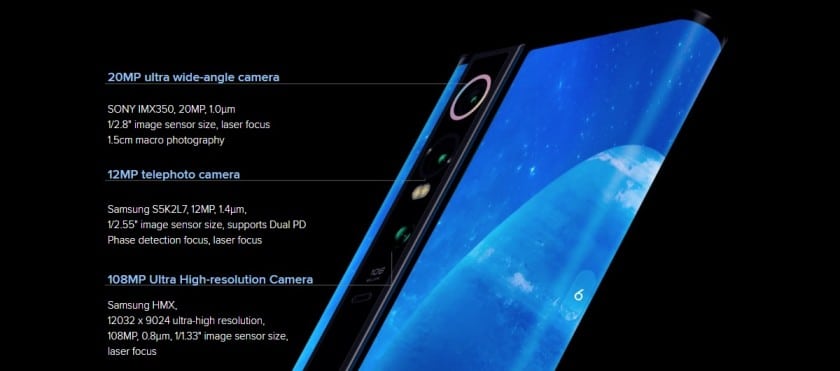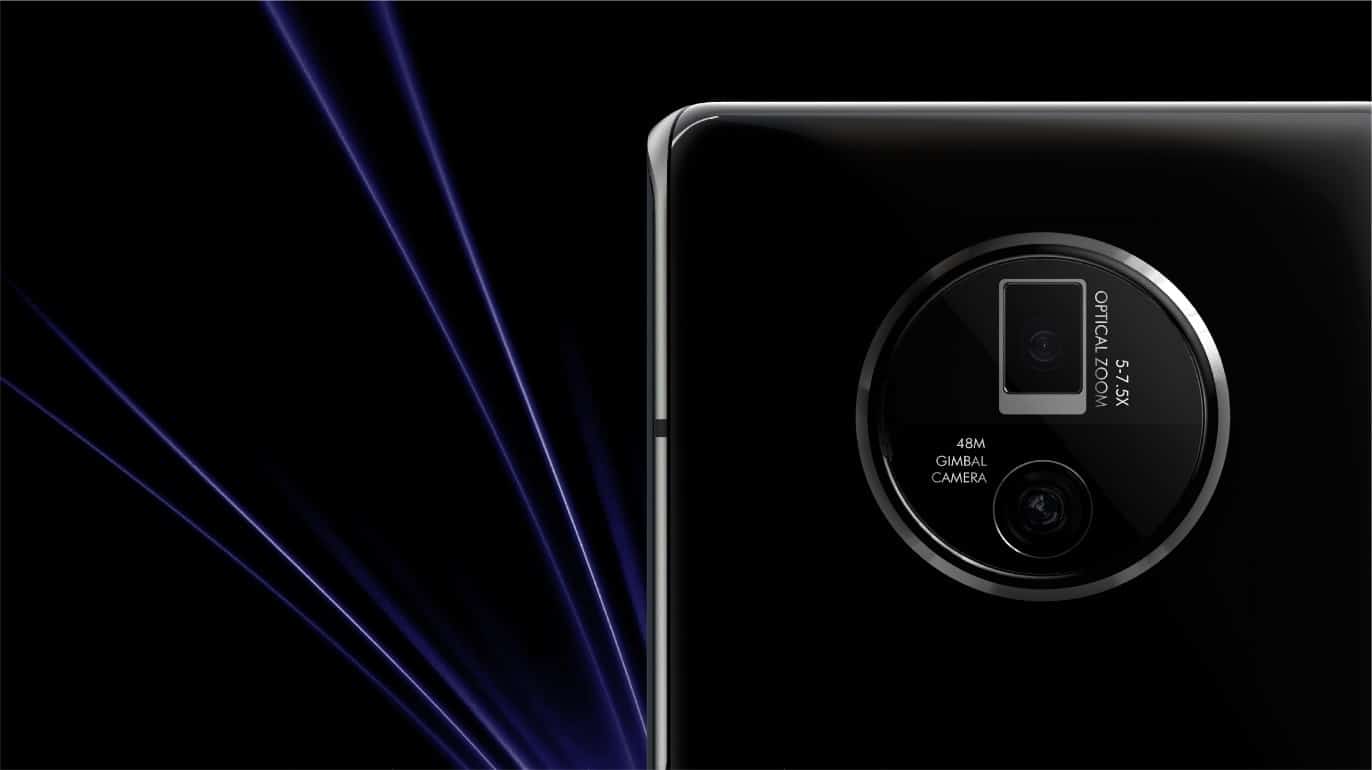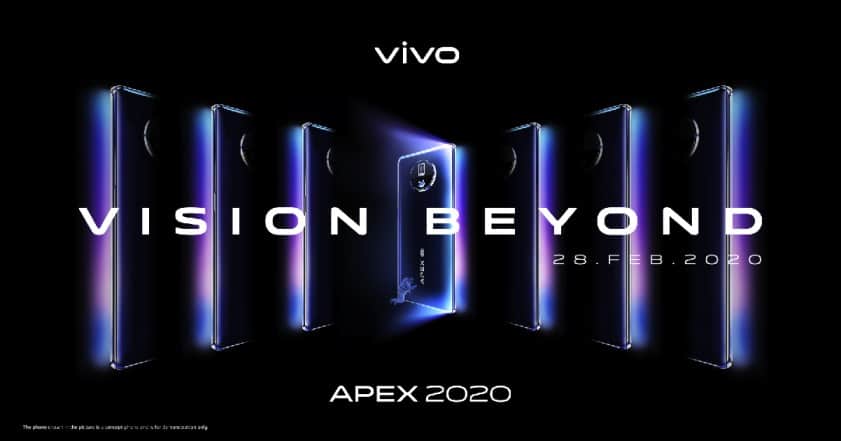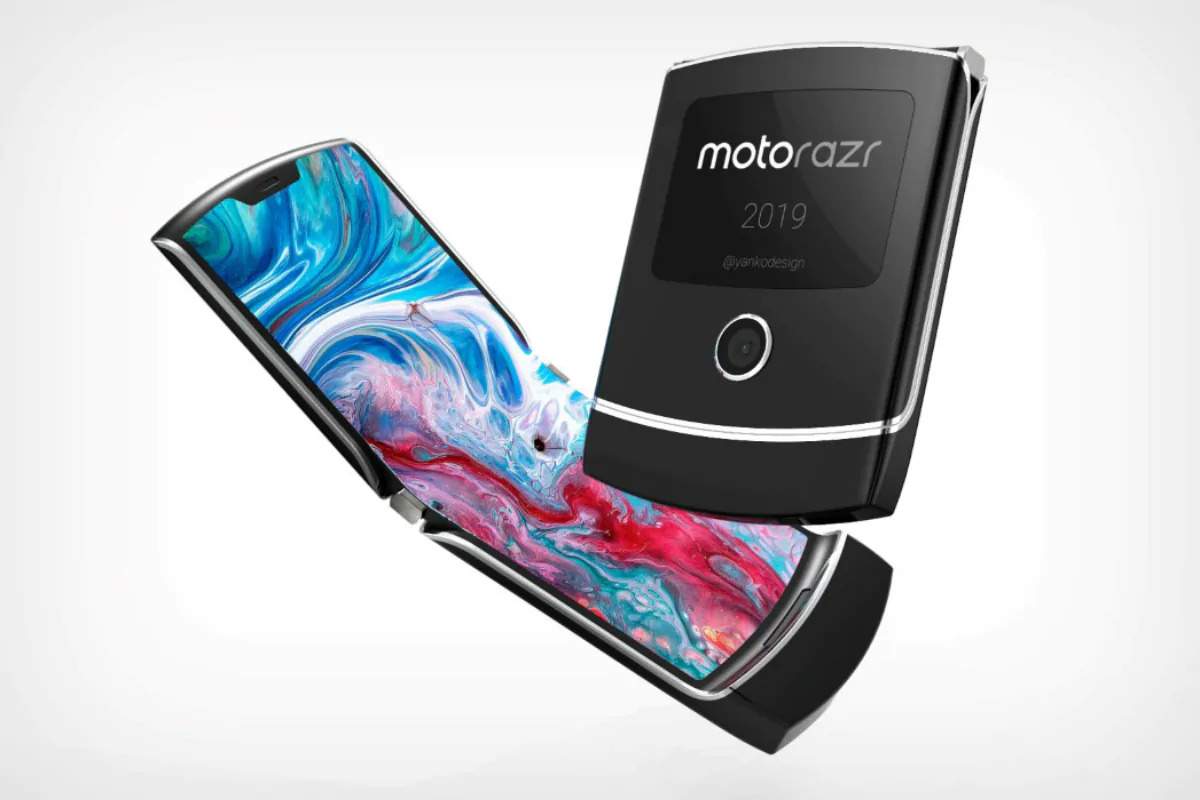In this article, we have compared two concept smartphones namely the Xiaomi Mi Mix Alpha and the Vivo APEX 2020 to see which one of the two better represents the future smartphones.
Xiaomi Mi Mix Alpha Vs Vivo APEX 2020: Design And Display
The Xiaomi Mi Mix Alpha and the recently unveiled Vivo APEX 2020 sport futuristic design ergonomics. Xiaomi’s Mi Mix Alpha features a 7.92 inches Flexible Super AMOLED display with a resolution of 2088 x 2250 pixels. The display of this concept smartphone has a screen-to-body ratio of roughly 180.8%.
Xiaomi Mi Mix Alpha Vs Vivo APEX 2020: Design And DisplayXiaomi Mi Mix Alpha Vs Vivo APEX 2020: Processing Power And CameraOther Important FeaturesWhy Do Concept Smartphones & Foldable Phones Exist?
Xiaomi achieved this unheard screen-to-body ratio by wrapping the display of Mi Mix Alpha all the way around the phone. A ceramic strip on the phone’s back houses all of the cameras present on the Mi Mix Alpha. The unfinished prototype of this smartphone reveals the thick titanium alloy frame of this smartphone.
Presently, this smartphone is running on a prototype software that has been heavily customized to take advantage of Mi Mix Alpha’s form-factor. For instance, the left edge of this device showcases the date and the time and offers a glimpse at notifications. On the other hand, the design ergonomics of Vivo’s APEX 2020 are somewhat similar to modern-day smartphones. This concept phone sports a 6.45-inch FullView wrap-around display that bends at an angle of 120° on both sides. The display on Vivo APEX 2020 has a resolution of 2330×1080 pixels.
Surprisingly, there are no ports or buttons on this smartphone. Instead, this smartphone relies on press-sensitive buttons on the sides coupled with Vivo’s third-generation Screen SoundCasting Technology. Vivo has brilliantly hidden the front-facing camera under the display and it appears only when needed.
Xiaomi Mi Mix Alpha Vs Vivo APEX 2020: Processing Power And Camera
In spite of being concept smartphones, both the Xiaomi Mi Mix Alpha and the Vivo APEX 2020 are powered by flagship Snapdragon SoC that can easily be found on any modern-day flagship smartphone. Xiaomi Mi Mix Alpha is powered by last year’s Qualcomm Snapdragon 855+ processor coupled with Adreno 640 GPU. This concept smartphone has 12GB of RAM and it packs 512GB of internal storage.
The triple camera setup on Mi Mix Alpha consists of a 108 MP primary sensor with f/1.7 aperture; a 12 MP, f/2.0 telephoto lens; and a 20 MP, f/2.2 ultrawide sensor. Unlike the Mi Mix Alpha, Vivo APEX 2020 was launched in 2020. As a result, it is powered by the newer 2.84GHz Octa-Core Snapdragon 865 7nm processor coupled with Adreno 640 GPU. This concept smartphone has 12GB of RAM and it packs 256GB of internal storage.
As for the camera, Vivo has offered a 48MP primary sensor with 5x-7.5x Continuous Optical Zoom and a gimbal-like structure stabilizes this camera module. According to Vivo, the stabilization angle of Vivo APEX 2020 is 200% better compared to normal phones with OIS. Furthermore, Vivo APEX 2020 is equipped with high-magnification continuous zoom. Lastly, there’s a 16MP under-display front-facing camera on this smartphone.
Other Important Features
As you might know, Chinese smartphones offer the best charging speeds and the concept smartphones from Xiaomi and Vivo are no exception. The Vivo APEX 2020 offers 60W Wireless Super FlashCharge. While Mi Mix Alpha comes with 40W fast charging.
Vivo’s APEX 2020 and the Mi Mix Alpha are 5G capable smartphones. The primary reason why these two smartphones won’t make it to a retail shelf is that they are hard and expensive to make. Moreover, these smartphones are too fragile to be used in real-world scenarios or on a regular basis.
Why Do Concept Smartphones & Foldable Phones Exist?
It’s been more than a decade when Steve Jobs unveiled the first-generation iPhone. The entire world was amazed by the features and the computing power that this pocket-sized device had. Even after having a high price tag of $499 the first-gen iPhone was a major hit. The only reason why people bought the first-gen iPhone was the urge to snag the latest and greatest technology.
10 years later smartphones have drastically improved both in terms of hardware and software. Using modern-day smartphones we can process gigabytes of data, play console-quality games, and even record 4K videos. All this stuff was unheard even a decade ago. As we all know the five basic aspects of a smartphone are its display, processing power, camera, built quality, and software experience. Every year major smartphone OEM’s slightly improve these five aspects and offer us a new flagship device.
Since the upgrades are marginal a smartphone user tends to retain his present flagship smartphone for a much longer period which leads to a decline in smartphone sales and the smartphone manufacturers are strongly affected by this loss. To regain a user’s attention and interest it’s important for companies to continue innovating and showcase some interesting stuff in smartphones and the urge for new innovation is the major reason behind the existence of present-day foldable phones and concept smartphones. CONCLUSION Ending this simple comparison we can confidently say that both these concept smartphones fulfill the purpose of showcasing the future of smartphones.
